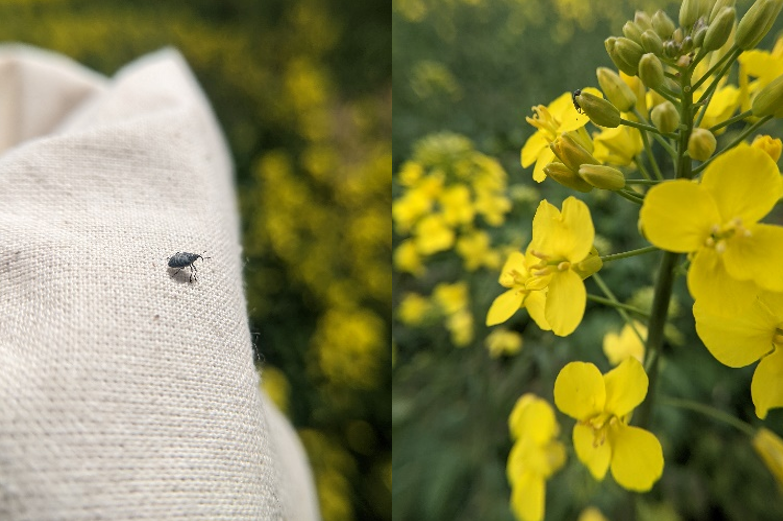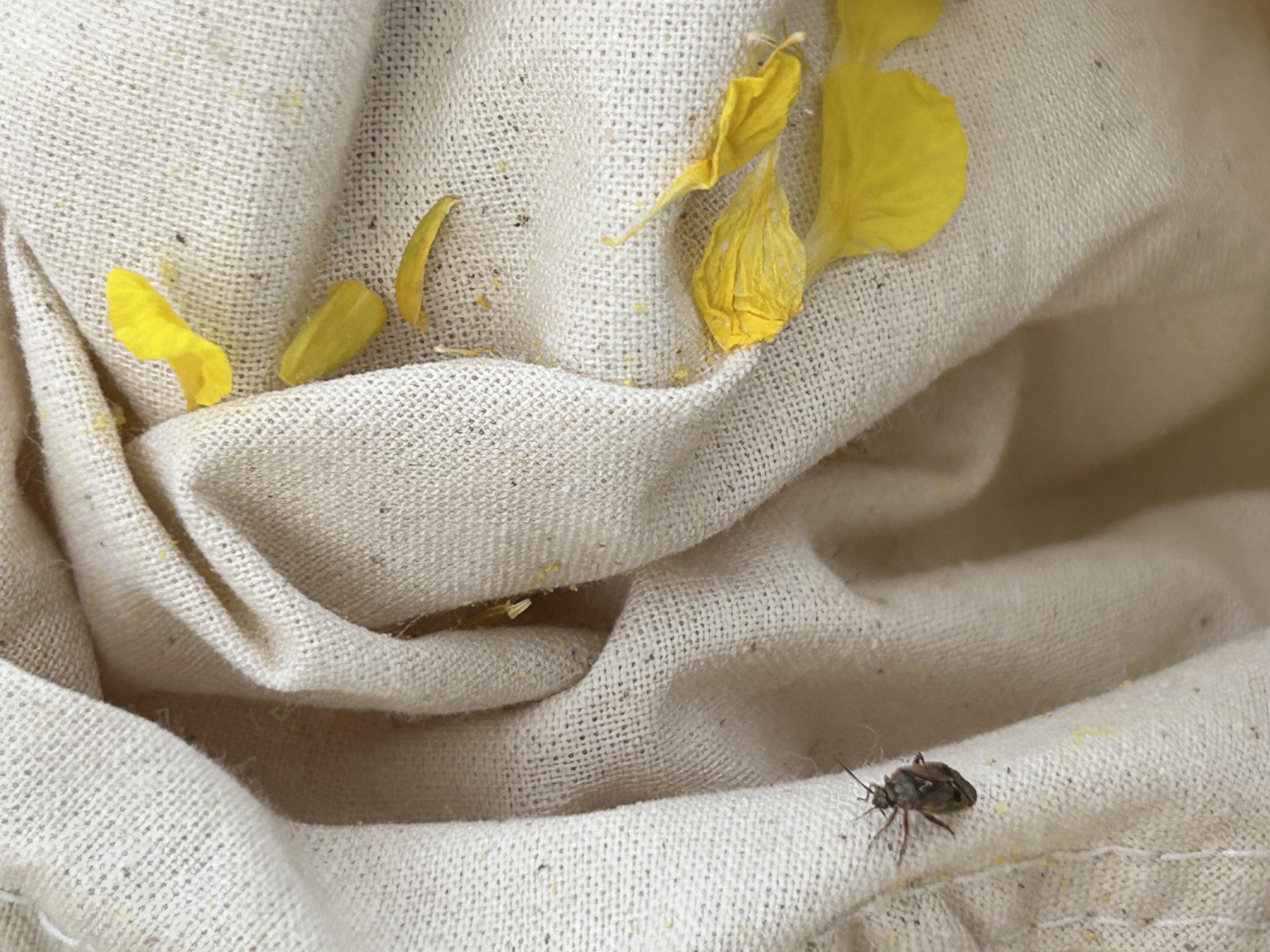Michigan canola crop hits flowering
Updates from the field on canola crop progress and insect pests.

Though canola acres in Michigan are limited, this time of year they attract quite a bit of attention because of the flashy yellow flowers. Crop scouters from across Michigan’s winter canola growing region checked in to report how the canola crop is progressing.
Crop progress
As spring progresses, adequate soil moisture and above average growing degree day accumulation in canola growing areas has helped the canola crop along and reports from west Michigan and southern mid-Michigan confirm canola is at early flowering. This is a sensitive time for management. There are some reports of weed pressure. At this stage, herbicide applications are not recommended (e.g., round-up ready canola can get glyphosate up until bolting). Insect pests including diamondback moth larvae, cabbage seedpod weevils and lygus bugs are expected to emerge. Though there are insecticide options to protect canola yields, it is important to take measures to protect pollinator populations.
Insect pests
At flowering, canola continues to be susceptible to multiple insect pests. Timely scouting is crucial to determining if pest pressure calls for insecticide. If making pesticide applications during or close to bloom, applications should occur when pollinators are least active, in late evening.
Canola grown in Michigan is mostly planted in the fall and harvested in spring or early summer. In most other North American canola producing areas (the U.S. Great Plains and Western Canada), canola is planted in the spring and harvested in late summer or fall. Pest management recommendations have been developed in Canada and North Dakota. These resources may be helpful to growers making management decisions, but recommended thresholds and management timings should be applied with caution for spring canola production in Michigan.
Scouts in Hickory Corners, Michigan, found cabbage seedpod weevils, though at levels below Agriculture and AgriFood Canada’s recommended economic threshold of 25-40 weevils per 10 sweeps. The best time to scout for weevil is at bud stage because if high populations are found, Canola Council of Canada recommends spraying at 10-20% flowering to minimize injury to pollinators.

Diamondback moth is another insect pest that can damage canola yields at flowering. The larvae injure leaves, buds, flowers and pods. At early flowering, North Dakota State University recommends an economic threshold of 10-15 larvae per square feet. No scouts have reported seeing diamondback moth larva at this time.
One scout reported low levels of lygus bugs in fields around Jackson County. Though lygus bugs arrive in fields around bud stage, economic loss is rare through flowering. Fields should be scouted after flowering, at which point the action threshold is 30 adults per 10 sweeps, according to the Canola Council of Canada’s guide on Lygus bug management in canola.
 Madelyn Celovsky.jpg?language_id=1)
This work is supported by the Crop Protection and Pest Management Program [grant no 2024-70006-43569] from the USDA National Institute of Food and Agriculture. Any opinions, findings, conclusions, or recommendations expressed in this publication are those of the author(s) and do not necessarily reflect the view of the U.S. Department of Agriculture.



 Print
Print Email
Email